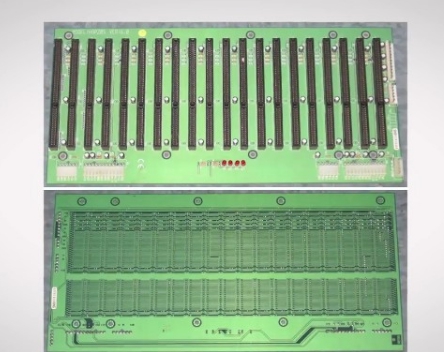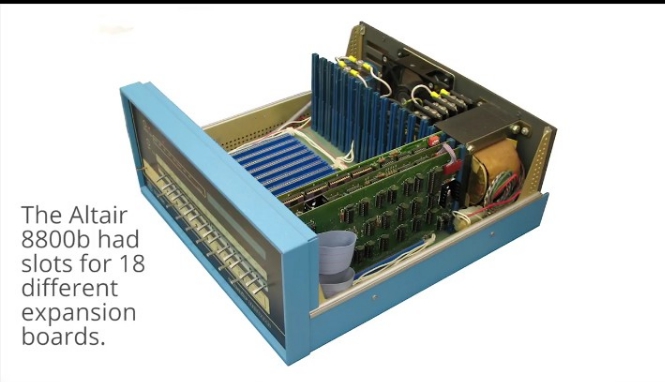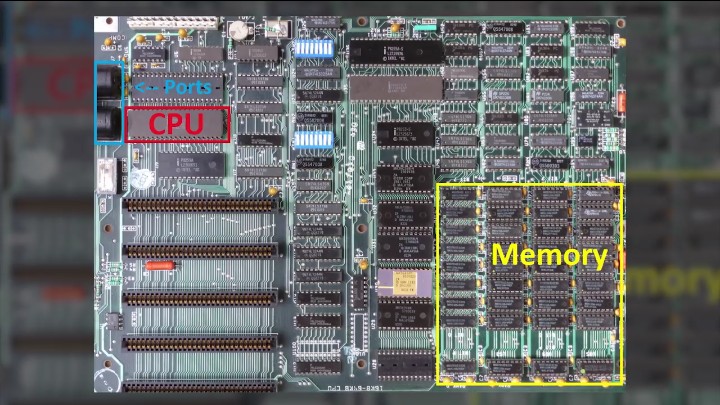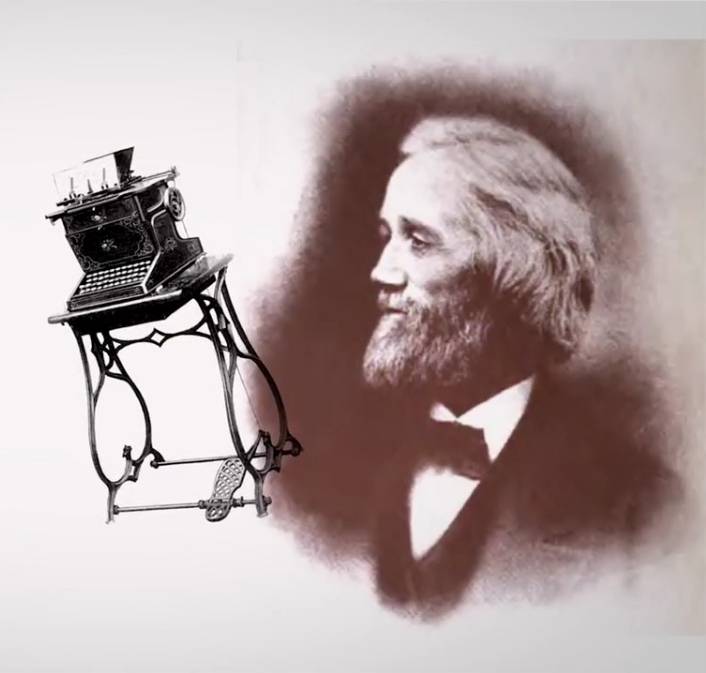History of Motherboard
These days, just adding a CPU(Central processing unit) , a stick of RAM(Random access memory),storage device and a power supply to a mini ITX motherboard will give you a small and fully functional computer in a matter of minutes. This is possible because of how many different functions the average motherboard combines in a little slab of fibre glass,metal and silicon.
But it wasn't always like this,in fact early electronics didn't have anything resembling the lovely green boards with black integrated circuits(IC) that we are used to today. Instead it was common to see individual full sized wires linking every capacitor,resistor and other components necessary to make a full computer system.

Unsurprisingly this approach took up tons of space,added a bunch of weight and was relatively fragile.Meaning that printed circuit board(PCB) took off in popularity quickly starting in the 1950's.
It should be noted that this early PCB's were still a far cry from the RGB motherboard that you may have sitting in your computer right now. While back then a simple device might have gotten away by just using one PCB, full fledged computers needed many circuit boards to handle different functions.
Connected by a back plan,considered to be a fore runner of the modern motherboard.
Read also : Top 48 ways to make money in Nigeria.

Unlike true motherboards,though these back plans tended to be dumb connections with no actual logic.They consisted of little more than slots lined up in a row, so that other expansion cards could be plugged in.For example Altair 8880 used one slot for processor, another for memory and so on.

It wasn't until 1981 that we got a big upgrade.The plainer board in the original IBM(International Business Machines) Pc(Personal computer) featured in Intel 8088 CPU,built-in memory and actual external I/O (Input and output).

Read also : practical tips that could aid your success in the IELTS academic test.
So it was far more than a glorified bundle of wire smooched all together. All you could connect to it was a keyboard and a cassette drive. But it also included a handful of expansion slots that didn't look a lot different from what is used today.
These slots were important because motherboards were still simple,in that they didn't have features that we consider basic now, like drive headers for example.So if you want to Load up your copy of flight simulator 1.0, you would need a stand alone disk interface card and we didn't see modern memory modules that fit into RAM slots until the mid 1980's either.
By the late 80's, though engineers had fully embraced the goal of integrating more and more functions into the motherboard. So little IC's called super I/O chips were becoming more common.
These functioned like rudimentary versions of a modern chipset.They provided drive controllers,ports for printer,mice,keyboards and other devices and the system BIOS too.
Now that doesn't sound like a huge deal today but super I/O chips took up less space and were much cost effective than expansion cards,Setting the stage for full featured motherboard.
Read also : Free Python Resources for both beginners and Advanced Python Programmers.
Around the same time, in 1987 specifically we got the first ever integrated VGA graphics chip.When the IBM released module 50 of their almost famous personal system 2.Unlike modern integrated GPU's(Graphics Processing Units), though this was a chip that was fixed to the motherboard instead of being built into the CPU itself.
A paradigm that we saw then starting in the mid 1990's was 3D GPU's like the S3 Trio and A3 Rage series appeared on motherboards,obviating the need for a separate card for basic use. Though GPU's that were slotted onto motherboards began disappearing in favor of the one built in CPU's by the mid 2010's.
Speaking of CPU's let's Jump back to 1989 when the first CPU socket with a vaguely modern look. Socket 1 appeared alongside Intel widely popular 4086 processor.While earlier designs involved slotting the CPU directly to the board or significant force on the part of the user to insert or remove them. Socket 1 had a simple mechanism based around a pin grid array,Very similar to modern AMD(Advanced Micro Devices) sockets,though with a mere 1069 pins.
But it wasn't just CPU sockets that were getting face lifts,expansion slots were also changing at that time.It was about time as the ancient ISA (International Society of Automation) standard have been used since the days of the original IBM PC.
In 1994 PCI(Peripheral Component Interconnect) started becoming popular in consumer PC's followed by the short lived AGP(Accelerated Graphics Port) for graphics card in 1997 and PCI express which is still with us today since 2004.
Read also : Apply for BILATERAL EDUCATION AGREEMENT (BEA) SCHOLARSHIP 2020 - FSB .
But what about on-board networking and Audio? Well in the mid 1980's,there were a number of proprietary networking protocols,but since the now familiar Ethernet was a relatively standard for easy physical connection,it became the go to for networking in the late 80's and again its simplicity made it spread to PC motherboards in the early 1990's.
Sound cards also started appearing in the market in the late 80's & early 90's . We had little internal speakers that could make blips for a while .We didn't see true fully functional on-board digital sound on the mainstream until 1999. When Intel included the AC'97 standard in it's 810 chipset. Which incidentally is also the first Intel chipset to integrated graphics.Meaning it was no longer necessary to have a separate chip, be it on the motherboard or adapter card.
So now that all of these innovations had a clear home on the PC motherboard,the stage was set for refinement. This was made possible by the decreasing cost and continuous miniaturization of components.Not to mention an increasing processing power & capacity to handle lot's of features. Meaning that these days, even small motherboards feature RGB headers,premium power delivery,WiFi and of course discovery of the fact that all these bells and whistles are meaningless without some vaguely threatening heat sinks.
Author : Kekeocha Justin









